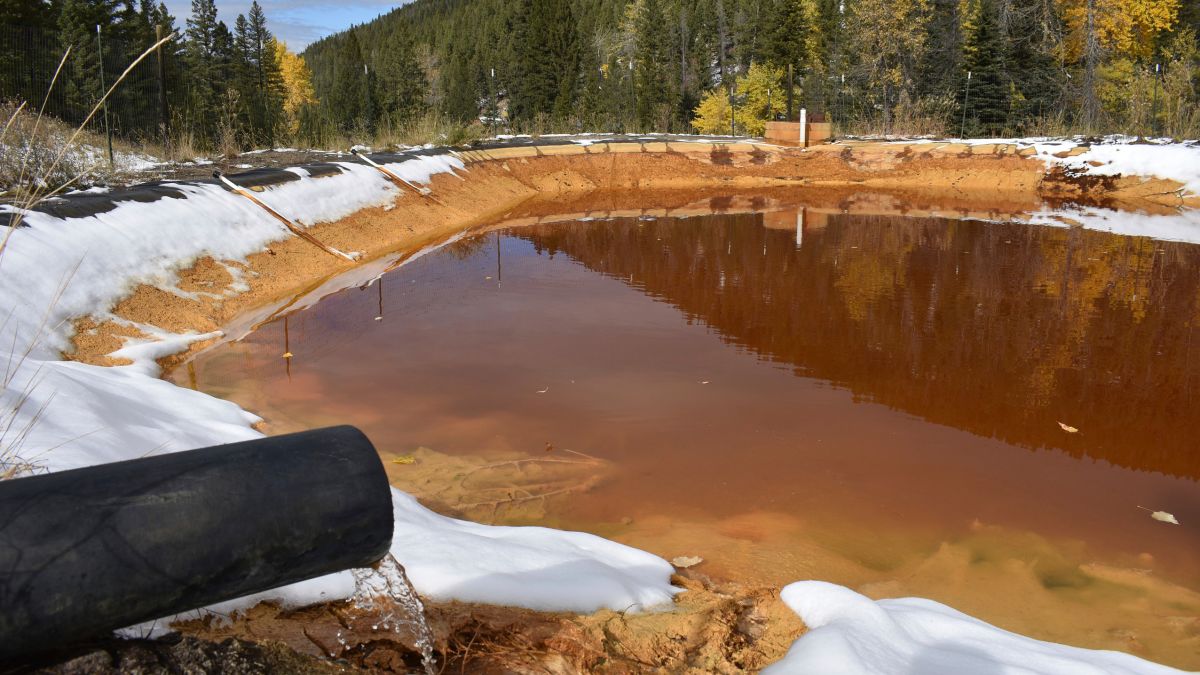
Study Finds Lower Life Expectancy Around Superfund Sites
[ad_1]

New research suggests that living near hazardous waste is, unsurprisingly, harmful to health and longevity. The study found a clear link between lower life expectancy and living near a waste site, with residents in poorer neighborhoods possibly losing as much as a year of life.
Researchers at the University of Houston and the University of Texas at Austin analyzed census data collected in 2018 from across the country, focusing specifically on neighborhoods where a Superfund site was nearby. These sites are areas of land designated by the Environmental Protection Agency to be so polluted that they’re required to be cleaned up by the responsible parties—a process that can take years or decades. They’re often caused by spills from manufacturing or processing plants or the result of intentional and improper disposal of hazardous waste; thousands of these sites dot the country.
The team’s model estimated that living near one of these sites could lead to two months of lowered life expectancy, when compared to similarly matched people living elsewhere. But Superfunds are often found in neighborhoods where people are already worse off in their health and socioeconomic status. And when the team tried to account for these other factors, they found that Superfund sites in disadvantaged communities could cause about 15 months of lowered life expectancy.
The team’s findings were published Tuesday in Nature Communications.
“We have ample evidence that contaminant releases from anthropogenic sources (e.g., petrochemicals or hazardous waste sites) could increase the mortality rate in fence-line communities,” said study author Hanadi Rifai, a civil and environmental engineer at the University of Houston, in a statement released by the university. “Results showed a significant difference in life expectancy among census tracts with at least one Superfund site and their neighboring tracts with no sites.”
G/O Media may get a commission
There are many studies showing that even baseline levels of pollution are enough to cause noticeable health effects in people. But according to the authors, their work is the first to try quantifying the damage that Superfund sites throughout the country, and not just those maintained by the federal government, can cause to people living nearby. Other research has found that pollution from these sites is linked to a higher risk of various chronic or life-threatening ailments, particularly cancer.
As grim as these findings may be, the situation could be even worse if these sites are exposed to other natural hazards. As many as 60% of sites are in areas prone to wildfires and flooding, the researchers noted—problems that are expected to become more common as the climate continues to warm. Unsurprisingly, they found that flooding would likely only increase the potential harm of these places.
“When you add in flooding, there will be ancillary or secondary impacts that can potentially be exacerbated by a changing future climate,” said Rifai. “The long-term effect of the flooding and repetitive exposure has an effect that can transcend generations.”
Indeed, during the devastating flooding in the U.S. Midwest in 2019, seven Superfund sites were inundated, putting local groundwater at risk of contamination. When Hurricane Harvey hit the Houston area in 2017, 13 Superfund sites were damaged, sending toxic pollution into San Jacinto River.
[ad_2]
Source link







